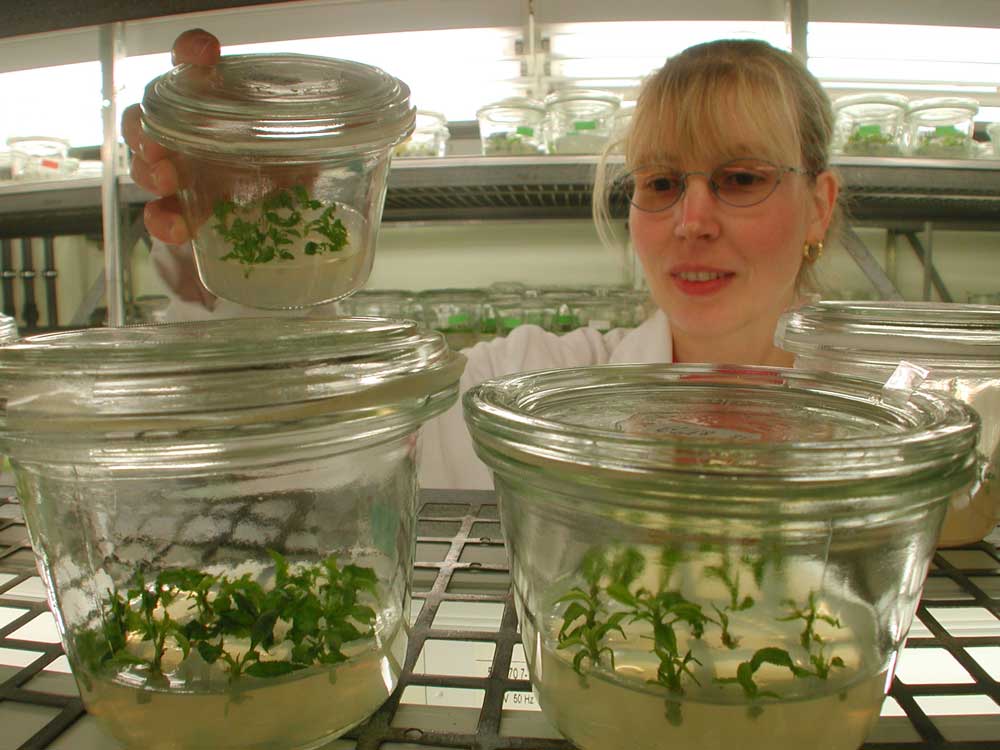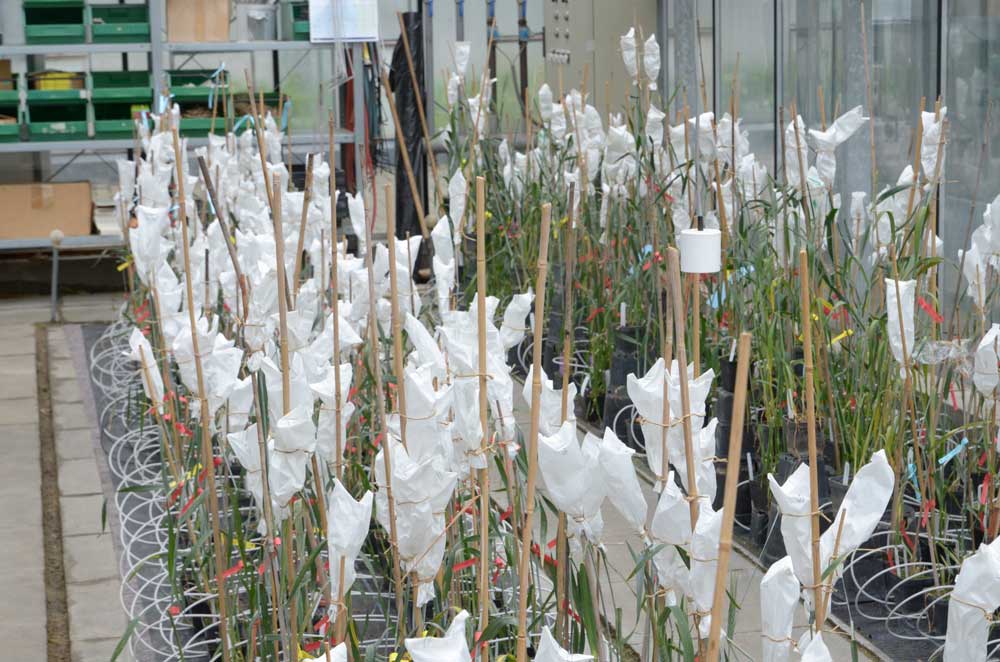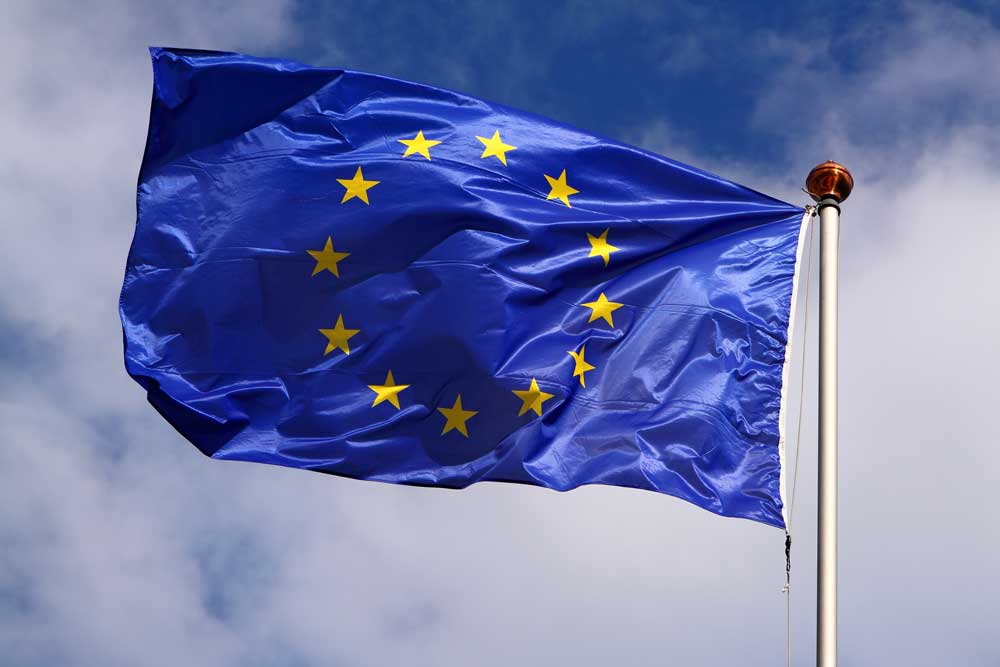New breeding methods: One verdict, many questions
By Katrin Rutt
Already celebrated worldwide as »the« technique of the future in breeding, the so-called genome editing that includes CRISPR/Cas is not only seen as offering human medicine a great step forward, but the botanical world too. In Europe, though, the ECJ judges have slammed the door on such techniques. They have decided that plants developed with the new mutagenesis methods are gene modified organisms and thus subject to the EU Directive 2001/18/EG. This law regulates procedures for release of gene modified organisms and their marketing. The concrete effect on breeding progress and European competitiveness in this respect is still not foreseeable. At least one good point, however: the ECJ judgement establishes a long overdue legal certainty.
How was this gene technology verdict reached?
Those responsible in Brussels had long ignored the situation. As early as 2007, the EU Commission requested a scientific working group report on new breeding techniques. The findings were presented in 2011. But nothing happened on the policy scene. Five years later, several GM-critical organisations in France went to court against their country’s application of the EU Directive 2001/18/EG. That left a decision in the hands of the jurists in Luxembourg, although their sole role in this respect is interpretation and not formulation.
Now we have the situation where gene edited plants are subject to the same strict licensing, cultivation and labelling requirements as plants produced by classical gene technology. Any field experiments must also be licensed. The ECJ judgement in this respect applies to »organisms produced through mutagenesis«. Only in the case of old mutagenesis methods, those that have been applied over a longer period and accepted as safe, is an exception made. The old mutagenesis can involve use of chemicals or ionising radiation to induce mutations in genetic material. Here, the ECJ has allowed member countries the possibility of exempting plants bred in this way from the requirements of the EU GMO Directive and instead to issue own legislation. However, in conventional breeding nowadays other techniques such as marker analyses, cell and tissue cultures or the production of doubled haploid inbred lines are applied more often and the old mutagenesis processes are only present to a limited extent.
What is a genetically modified organism (GMO)?
In the German gene technology legislation of 1990, a GMO is defined as »an organism, the genetic material of which has been altered in a way that would not have occurred through crossing or natural recombination under normal conditions«. And it is precisely here that the problem lies. Both critics and supporters have in the past years argued over how the law is to be interpreted. Should the entire breeding procedure be subject to official licensing? Or does the definition GMO apply only to the end product?
Up until now, a breeder is not required to give the method of breeding, nor the resultant gene modifications, when registering a variety with the Bundessortenamt (Federal Office of Plant Varieties). In other words, the precise »production procedure« is secret – as is perfectly normal in other sectors. The ECJ judges now maintain in their verdict that they see taking place through the mutagenesis procedure »a change in the genetic material of an organism that would not be possible naturally«. According to the precautionary principle, the GMO legislation must therefore apply. Many scientists see this completely differently.
Gene editing accelerates breeding work
Renowned research institutions such as the Leopoldina German National Academy of Sciences and the Leibniz Institute of Plant Genetics and Crop Plant Research (IPK) in Gatersleben, as well as various universities, emphasise that plants developed through gene editing can also be bred through conventional breeding methods. The alterations in the genetic material from natural mutation events, or the results of especially fortuitous crossing, cannot be differentiated. The differences lie in the chronological horizon alone. Procedures such as the CRISPR/Cas »gene shear« lead to the desired result at much greater speed and with more precision, thus saving decades of crossing and selection work. The ECJ advocate general Michal Bobek, whose arguments have often been adopted by the court, concluded in an official statement beginning of 2018: »Organisms with altered genetic material could only be seen as GMOs, and as such regulated for, if their genetic material was altered in a way not possible naturally«.
Precision cuts in the genome
The genetic shear CRISPR/Cas is one of several new molecular-biological methods described as gene editing. These allow plant breeders, as in a surgical operation, to precisely alter DNA at a defined location. The CRISPR sequence functions as a guide, localising the gene that is to be edited. At the target sequence, a molecular shear (the Cas9 protein) cuts the DNA strand, the strand then being mended by the cell’s own repairing system.
In this way, as with classical gene technology, foreign genes can be inserted into the plant. Also possible, as in natural mutation, is deactivation, alteration or complementation of single DNA building blocks without any foreign gene material being introduced into cells.
Problem: proving gene modification
A still unanswered and important question is how the regulations associated with GMO labelling and growing should be policed. After all, application of the genome editing procedure is usually not verifiable. Biotechnologists confirm that where single nucleotides are altered within a gene, it is still possible to prove this through sequencing and comparison with the wild type genes, if it is known which gene locus was altered. However, one cannot prove if such an alteration took place via CASPR/Cas or through natural mutation. Other countries such as the USA, Canada, Argentina, Brazil, Australia or Israel proceed on a case-by-case basis. New gene edited plants are first tested by the authorities to assess which GMO regulations apply to them.
The result: increasingly more edited plants – from wheat to cucumber - are coming onto the market in such countries. This situation poses another big question: how will imports produced through the new breeding methods be dealt with in the future? It will be difficult for the EU to protect itself in this context if no one knows how they are produced. European legislation requires appropriate labelling of foods that contain more than 0.9% of gene modified ingredients. This applies to packaged as well as to bulk ware. The labelling regulations are not applicable to animal products such as meat, milk or eggs produced by livestock fed with GM plants.
Gene editing: cost-efficient and fast
For the breeder, the application of new molecular-biological methods is very attractive. After all, they are not only easily applied, but also time-saving and extremely cheap. This creates an enormous innovation potential, for small and medium firms too. For traditionally produced GMOs, development costs can very rapidly soar to 150 million $, reports the US »North State Journal«. The new methods can save up to 90% of costs. With this, large agricultural concerns such as Syngenta, Bayer and DowDuPont in the USA face increasing competition from smaller breeding companies.
The USDA says there are no special regulations pertaining to gene edited plants, so long as no foreign genes are added to the genetic material. Also exciting for breeders: there’s an enormous range of crop advantages available through the new methods. Higher yields, disease and pest resistance, drought stress tolerance, compensating nutrient deficiency – CASPR/Cas & Co. mean all these targets are more efficiently and more rapidly realisable. Also easier is introducing new product characteristics (e.g. vitamins, amino acids). But the ECJ verdict means only a very few financially-strong concerns will be able to exploit the multiple advantages in Europe. Advances in breeding might therefore be much slower in Europe than in third countries.
It is up to the policy makers to review EU gene technology legislation right now for actuality and practical suitability. If, after all, the new breeding methods are to be in future handled differently than classical gene technology then the EU Commission, Parliament and Council must reconsider the regulations decided upon more than 25 years ago and, above all, adapt the definition of GMO.
But who in Brussels is going to burn their fingers with this particularly hot potato? Already, the Commission can be heard saying that the ECJ judgement should first of all be: »carefully evaluated and tested, which will take some time«.
Why this verdict?
By Thomas Preusse
Fear-driven and innovation-averse – the ECJ judges have had to listen to reproaches such as these. But, in fact, the wrong culprits are being attacked.
Have gene technology opponents prevailed in the judges’ verdict on new breeding methods? Or are there other grounds?
Fundamentally, a court is not a policy maker. It simply applies the law. This is why it’s wrong to blame the ECJ judges. They have not taken over as law makers. Instead, their judgement is a clear message to politicians who, after all, have so far been slow in considering any reformation of the 2001 GMO Directive. The only problem I see with the judges in this case is their unconsidered application of the precautionary principle. This is applied when there exists data-based evidence of a danger or risk. But with the new breeding methods the court falls short in justification and there’s the danger that precaution is based only on conjecture.
Products of new breeding methods must be labelled appropriately from now on. But how can this be achieved when nothing is verifiable? Must national borders be sealed?
In practice, the honesty of breeders and importers will have to be relied upon. While breeders, in hindsight, can be made responsible for false declarations, it might still be very easy in principle to find ways around the regulations. If discovered, however, there’s colossal reputation loss to consider. I don’t think respectable companies would take such a risk. And protecting the market through sealing borders won’t work because there would be immediate conflict with WTO legislation.
So what happens now?
Most important point in this judgement is the legal certainty aspect. At least we know how new breeding methods will be regulated, i.e. just as with classical gene technology. But policy makers, who could alter the situation through passing new legislation, will probably remain inactive. A large proportion of the population remains against gene technology, including the new breeding methods. Because of this, there will be no political pushing for new GMO legislation.
Does the verdict really offer no loopholes?
Only one: if it can be proven that the new procedures are just as secure as the mutagenesis methods already exempted under the law, with no licensing or labelling requirement. But who’s going to prove that there are no irreversible effects? I remain pessimistic: research with CRISPR/Cas and other methods will take place outside the EU.






